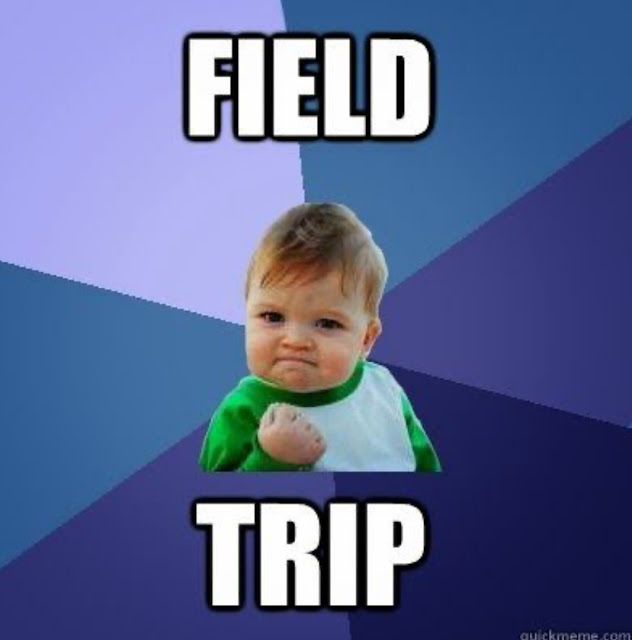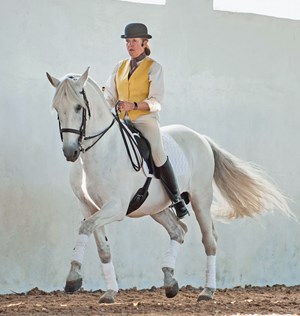I alluded to trying some new online courses a few posts ago and after about 6 weeks I feel ready to give a review. In a word, fabulous. The Helios Harmony online courses hosted on longridehome.com are different from any other course I’ve done. The premise is that there is a (mostly) forgotten system of training for dressage that most people don’t know about and therefore don’t utilize. This is the system the Cadre Noire and The Spanish Riding School, among others, use to train their horses. All based on the work of the old master La Gueriniere.
The courses go into theory in a light hearted way, but have tons of practical examples and are very understandable. Cruise and I have been working our way through a couple of them and we both really like the content. The in-hand work has been especially beneficial. Interestingly, Cruise has gone from toeing out behind to being almost straight in six weeks. His chest has broadened, his balance has shifted back, his canter is much more sitting, and his ability to do flexions has improved so much. We’ve been lunging 1-2 times per week, doing the in-hand lateral exercises for 5-10 minutes 5-6 days a week, and doing a combination field ride/5-10 minutes of countdowns at the walk, trot, and canter in the ring 5-6 days a week. Nothing stressful but the muscle building and balance improvements have been kind of crazy.
Anyway, if you’re interested in learning more and getting more details, check out the free introductory course HERE which explains everything much better than I can. Enjoy!





